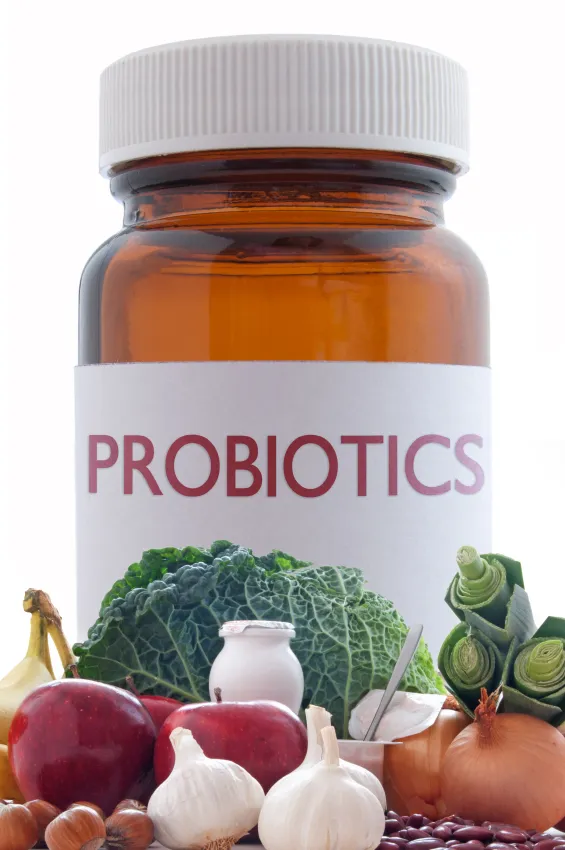
After Antibiotics
I routinely ask two questions pertaining to antibiotics: how many times have you taken them in the last ____ years, encouraging people to fill in the blank. My idea of “not very often” is 20 years ago: at that frequency, perhaps an individual has re-populated their normal gut flora, if they have a hope of ever restoring normal, which is an unanswered question. When people say, “Not often, maybe once a year,” the second question becomes more important.
How have you recovered from the antibiotics you’ve taken?
I learned from a world-traveling friend (with, evidently, a penchant for travelers’ diarrhea) that in both Mexico and Italy, the pharmacy automatically dispensed a very strong probiotic with the antibiotic. She could decline the probiotic only if she verified that the probiotic she was traveling with rivaled the offered one in strength and diversity.
Strength isn’t everything
The prescription antibiotic, VSL #3®, packs a hefty dose of the two most numerous probiotics in a healthy human biome: lactobacillus (4 strains) and bifidobacterium (3 strains) species. A big dose, and those species do indeed need to be replaced after antibiotics, but the product does not offer much in the way of diversity. If “dose” were your only concern, you’d be better off fermenting your own sauerkraut and having a spoonful once or twice a day, as it contains amounts of bacteria equivalent to handfuls of probiotic supplements, primarily the lactobacillus species.
How many different strains you need depends on your age (older folks tend to be more deficient in bifidobacterium and need extra support), your dietary habits (sauerkraut? Kombucha? Home-grown vegetables?), and your general health. We are in the infancy of understanding the interaction between our health (mental and physical) and our intestinal bacteria, but we do know that certain species have been shown to be helpful in some specific conditions. I’ll mention a few of these below.
Diversity matters, specifically
Antibiotics are not the only gut roto-rooters: you can also lose your normal flora after a bout of food poisoning, after taking laxatives or tonics to empty your bowel before a colonoscopy, or after a case of travelers’ diarrhea. After any of these occurrences it is important to re-populate your microbiome and to heal the lining of your gut: your intestines are lined with a single-layer of protective cells, and anything that disrupts normal function can breach that normal barrier, causing “leaky gut” or, in medical terminology, increased intestinal permeability.
Here are the specfic elements I recommend after anything that empties out your colon:
- The main players, lactobacillus and bifidobacterium, need to be replaced most urgently, in a great variety of species and in large numbers. You cannot overdo this aspect of replacement. Various strains of these organisms have been associated with reduced symptoms in conditions as diverse as irritable bowel, weight loss, H. pylori infection, and emotional disturbances such as anxiety or depression. ***Available in many brands, even the supermarket brands (Align, Culturelle) are fine!***
- Your best success with restoring normal flora will depend on that flora having something to eat. It has been observed that you might succeed more in replacing flora by replacing pre- rather than pro-biotics. Great food sources of prebiotics include all fruits and vegetables, particularly beans, jicama, asparagus, onions, garlic, bananas, artichokes and root vegetables, apples and pears. I do not recommend grains or the bran of grains as they can be irritating to the gut lining which is in need of repair. ***In supplement form, you can find various brands of “synbiotic” products which supply both the prebiotic and the probiotic in one package.***
- When the normal flora is disrupted, an unwelcome strain of yeast, candida, can predominate and create unwanted problems with yeast infections, weight gain, and more. The beneficial yeast known as saccharomyces boulardii can help treat the diarrhea that can occur after antibiotics, viral infection or associated with chemotherapy. Additionally, it has been found helpful in irritable bowel syndrome and traveler’s diarrhea. ***Look for supplements containing S. Boulardii, I like Floramyces and others, can be taken with or away from food.***
- Finally, I suggest people look for a “soil-based organism” containing product. Before our modern hygienic age we consumed bacteria more frequently on the soil sticking to our vegetables. Such organisms are usually quite hardy: they survive well our acidic stomachs and travel well into our intestines. They have been less studied than the species mentioned above but have been found helpful in irritable bowel and in treating stubborn yeast infections. ***My favorite is MegaSporeBiotic, 1-3 a day, taken with or away from food.***
Friendly bugs back in, now what?
In addition to restoring the friendly probiotic species, we also want our gut lining to be healed rapidly rather than slowly.
Foods that can help restore the gut lining include bone broth and fermented foods. In supplemental form, you can take a collagen powder (I like Vital Proteins and Great Lakes brands) or L-Glutamine, 500 to 10,000 mg daily. You support your body’s efforts to heal itself if you are careful to rest adequately, eat wisely, and pay attention to a process that will be paced differently for each person.
Obviously, the restoration of normal gut function is reassuring, but particularly if you have had antibiotics every few years for a long period of time, you may not really know what normal gut function is for your own body. Stool testing that evaluates gut lining, level of inflammation, and probiotic diversity can be helpful in revealing just how healthy your gut is.

